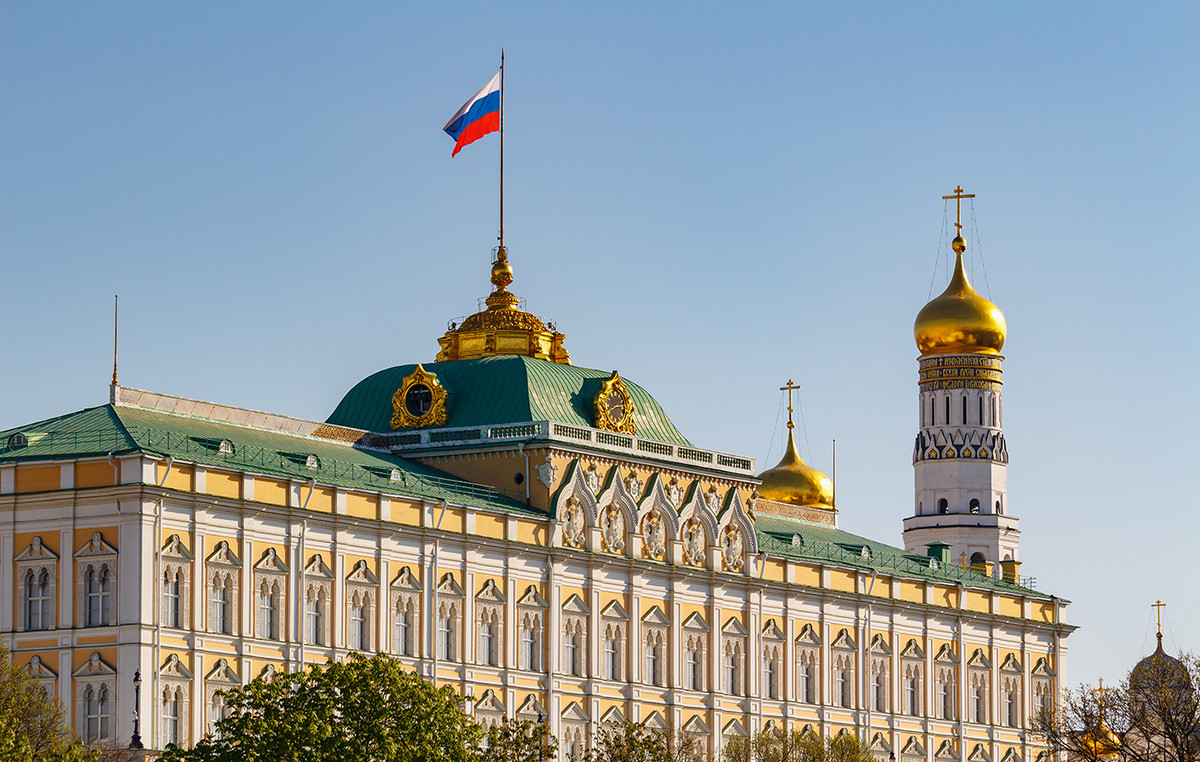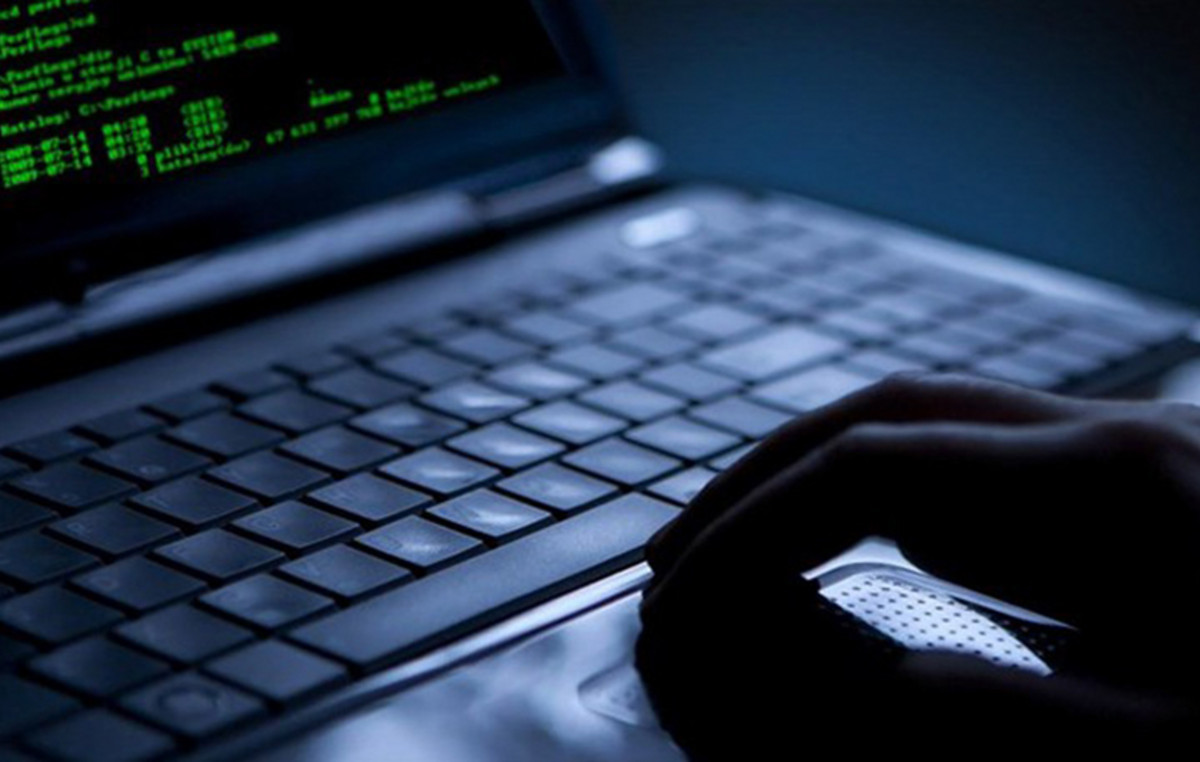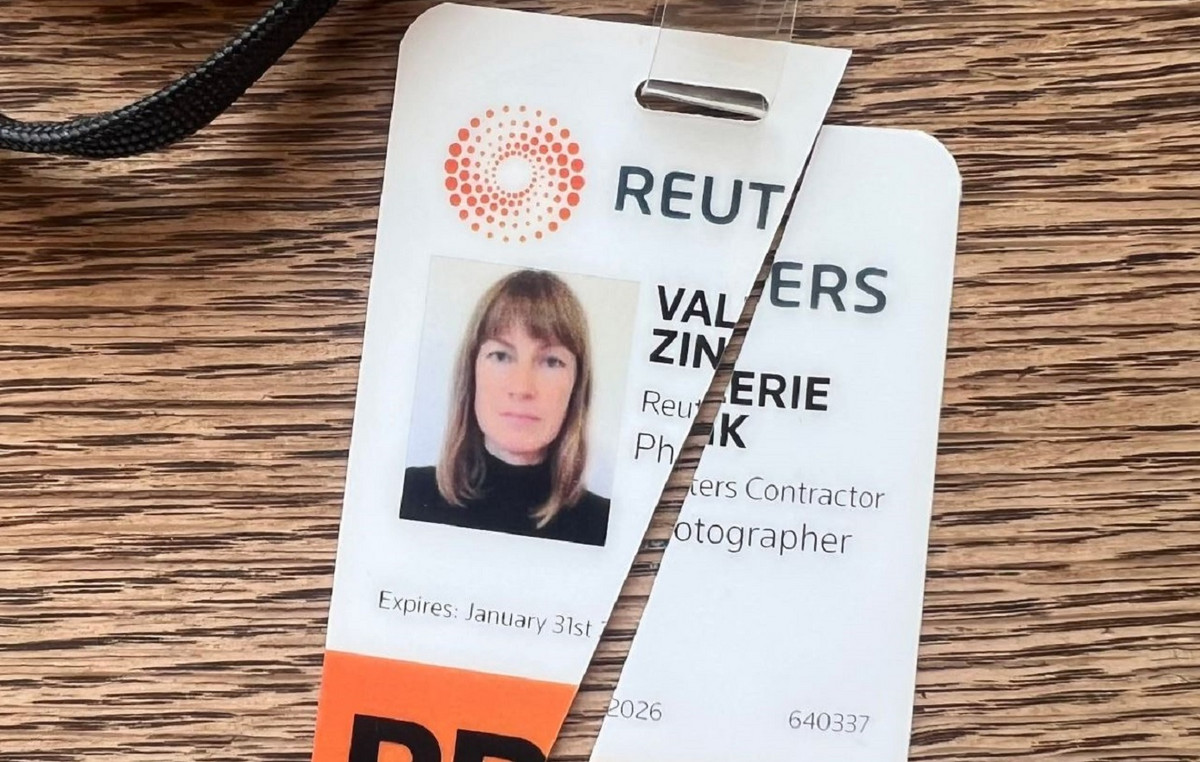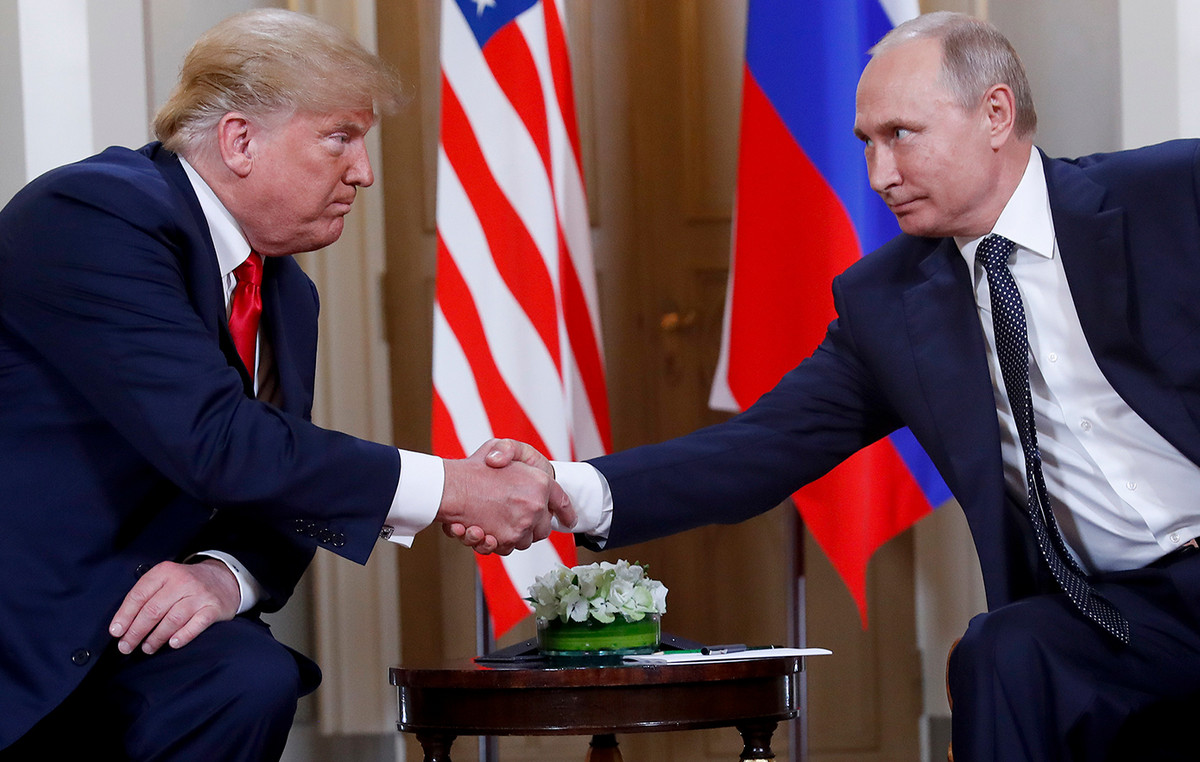O euro reached parity with the dollar for a few moments this Tuesday (12). It was the first time that the value of the two currencies were equal, but the unprecedented event should not have practical consequences for Brazil.
To CNN Brasil Business experts say that the brand is more symbolic, representing the market’s view that, at this moment, the economy of euro zone is weaker than the United States .
Currently with 19 countries, and soon 20 after the approval of Croatia’s accession, the euro zone has the same currency as a common point, which began to circulate physically in 2002 after its launch in 1999.
Since then, the euro has spent two decades with a price slightly higher than the dollar, which also happened in Brazil considering the quotations in relation to the real .
The international novelty, however, may lead to the two currencies having, also in an unprecedented way, the same price against the real, but there is still no certainty that this movement will occur, and the euro continues to be worth more in Brazil than the dollar. .
Causes
The parity between currencies, according to André Perfeito, chief economist at Necton da Investimentos, is linked to both short-term and structural issues of each economy.
Among the cyclical factors, he cites the more negative outlook for European economies due to the war in ukraine which takes place on the continent itself, making the location less attractive for investors and with a withdrawal of capital, consequently devaluing the euro.
Furthermore, he points out that the United States has already started a interest rate hike process “more decisive and stronger”, to fight inflation, while the European Central Bank (ECB ) has only signaled that it intends to raise its rates. With a higher interest rate differential, the dollar ends up being more attractive.
From a structural point of view, the economist states that “Europe as a whole is facing economic problems that they do not know how to deal with properly, and they already generate political noise, making the situation on the continent less favorable”.
Thomas Sarkis, an economist at Eleven, believes that exchange rate movements usually reflect the strength of the country’s economy. The stronger it is, the more valued the currency will be.
In other words, the market’s reading is of a weakness of the European economy, and strength of the North American one.
“The United States, even close to recession with high inflation, has a very strong economy, strong employment data, good prospects for this year’s GDP, while the eurozone has been suffering for years with demographic issues and low growth capacity. “, it says.
These issues, added to the problems of the war in Ukraine and dependence on the natural gas Russian, generated a feeling of weakness in the market, leading to the loss against the dollar.
Sarkis believes, however, that the issue of parity acts much more as a “psychological barrier” between investors, with little practical effect when it is reached.
The most important thing, he says, is to evaluate the flow of investments , and “if the US continues to raise interest rates and the eurozone remains lenient on inflation, worried about recession and keeping interest rates low, we could have the euro below the dollar. Today, I see no foundation in this direction.”
In general, the combination of these elements makes the United States more positive in relative terms, but Perfect believes that Europe can still reverse the situation over time, for example by raising interest rates, containing inflation and ending the war, which would allow the euro to rise again.
For him, the importance of the devaluation of the euro is to indicate that the project around the common currency “has lost its shine”. “One currency reflects many issues, and now the euro indicates that the European project has weakened, or is not so strong.”
The Eleven economist is also betting on a return of the euro to the historical average, with a slight appreciation against the dollar.
“On the one hand, the ECB will start raising interest rates, and it can accelerate this process, and on the other hand, the United States will very likely go into recession next year, so the euro should appreciate”, he says.
It’s in Brazil?
When bringing the real into the equation, the situation of the euro and the dollar is still close to the last 20 years.
Despite the difference between the two currencies in relation to the real having decreased – on Monday (11) the dollar closed at R$ 5.37 and the euro at R$ 5.39 – the European currency still has a value greater than the North American.
The reason, according to Sarkis, is that the real exchange rate also takes into account a “risk added to the currency as it is an emerging country, and that makes a difference”.
He points out, however, that in recent months the real has depreciated against the dollar, another indication that the US currency has gained ground against others, including the euro.
In the case of the European currency, the appreciation before the lows in the year between March and April was lower, opening room for this approximation with the dollar.
The economist says that this indicates the weakness of the European economy, but also the big difference between interest rates in the euro zone and Brazil and the view that the Brazilian economy is stronger than expected, including with revisions in GDP projections .
Sarkis believes that it is possible for the euro and the dollar to reach the same value against the real, but the parity has no practical consequences for Brazil. “At most it equals the export value for the two markets, but with little difference”.
Perfect also sees no disadvantages or advantages for the Brazilian market with the parity scenario, but notes that the long-term scenario has been more favorable for Brazil than Europe.
“Europe tends to continue with some problems in the medium and long term, such as labor issues and a rigid legislation that are taking the region’s dynamism away, so we should see other regions growing more”, he says.
One of these regions must be Brazil, which “even with problems now, in the long run has a chance to improve more”. As a result, the real tends to appreciate against the euro, more than against the dollar.
The economist at Necton believes that, even if the euro and the dollar reach an equal value against the real, “that doesn’t mean anything by itself”.
“It’s a number, but what matters is the photo, the story. In relative terms, the market indicates that Europe has worsened in relation to the United States, both due to short-term and long-term factors. It is a weakness in relative terms, even in relation to Brazil”.
Source: CNN Brasil
I am Sophia william, author of World Stock Market. I have a degree in journalism from the University of Missouri and I have worked as a reporter for several news websites. I have a passion for writing and informing people about the latest news and events happening in the world. I strive to be accurate and unbiased in my reporting, and I hope to provide readers with valuable information that they can use to make informed decisions.







